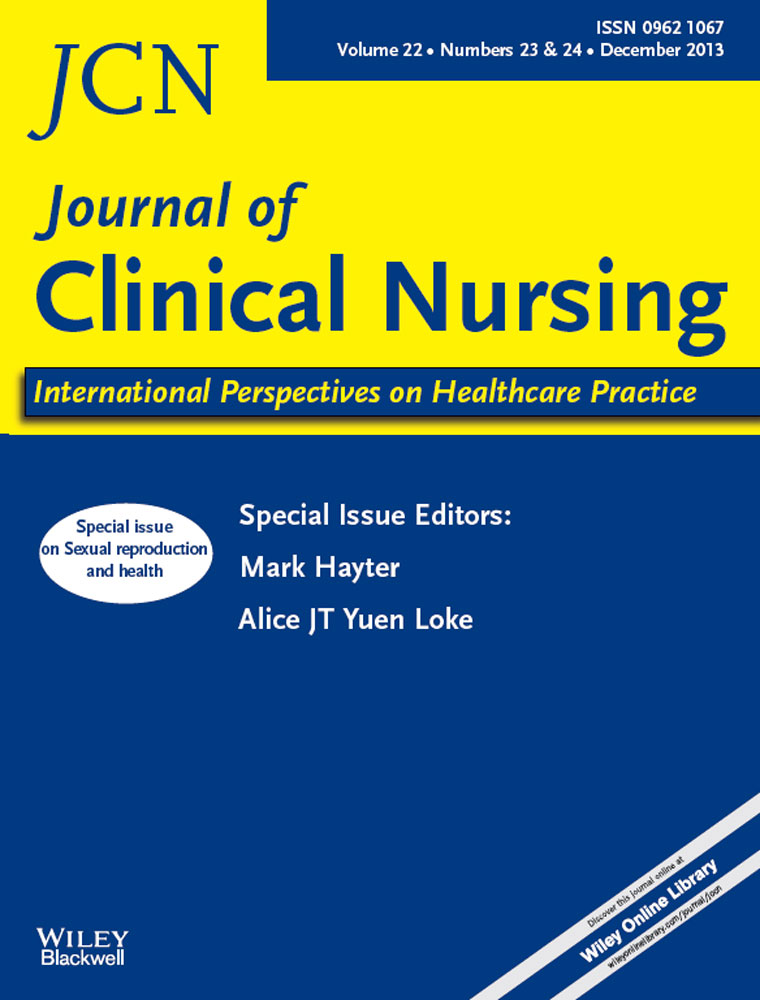How does the mining industry contribute to sexual and reproductive health in developing countries? A narrative synthesis of current evidence to inform practice
Abstract
Aims and objectives
To explore client and provider experiences and related health outcomes of sexual and reproductive health interventions that have been led by or that have involved mining companies.
Background
Miners, and those living in communities surrounding mines in developing countries, are a vulnerable population with a high sexual and reproductive health burden. People in these communities require specific healthcare services although the exact delivery needs are unclear. There are no systematic reviews of evidence to guide delivery of sexual and reproductive health interventions to best address the needs of men and women in mining communities.
Design
A narrative synthesis.
Methods
A search of peer-reviewed literature from 2000–2012 was undertaken with retrieved documents assessed using an inclusion/exclusion criterion and quality appraisal guided by critical assessment tools. Concepts were analysed thematically.
Results
A desire for HIV testing and treatment was associated with the recognition of personal vulnerability, but this was affected by fear of stigma. Regular on-site services facilitated access to voluntary counselling and testing and HIV care, but concerns for confidentiality were a serious barrier. The provision of HIV and sexually transmitted infection clinical and promotive services revealed mixed health outcomes. Recommended service improvements included rapid HIV testing, the integration of sexual and reproductive health into regular health services also available to family members and culturally competent, ethical, providers who are better supported to involve consumers in health promotion.
Conclusion
There is a need for research to better inform health interventions so that they build on local cultural norms and values and address social needs. A holistic approach to sexual and reproductive health beyond a focus on HIV may better engage community members, mining companies and governments in healthcare delivery.
Relevance to clinical practice
Nurses may require appropriate workplace support and incentives to deliver sexual and reproductive health interventions in developing mining contexts where task shifting exists.




